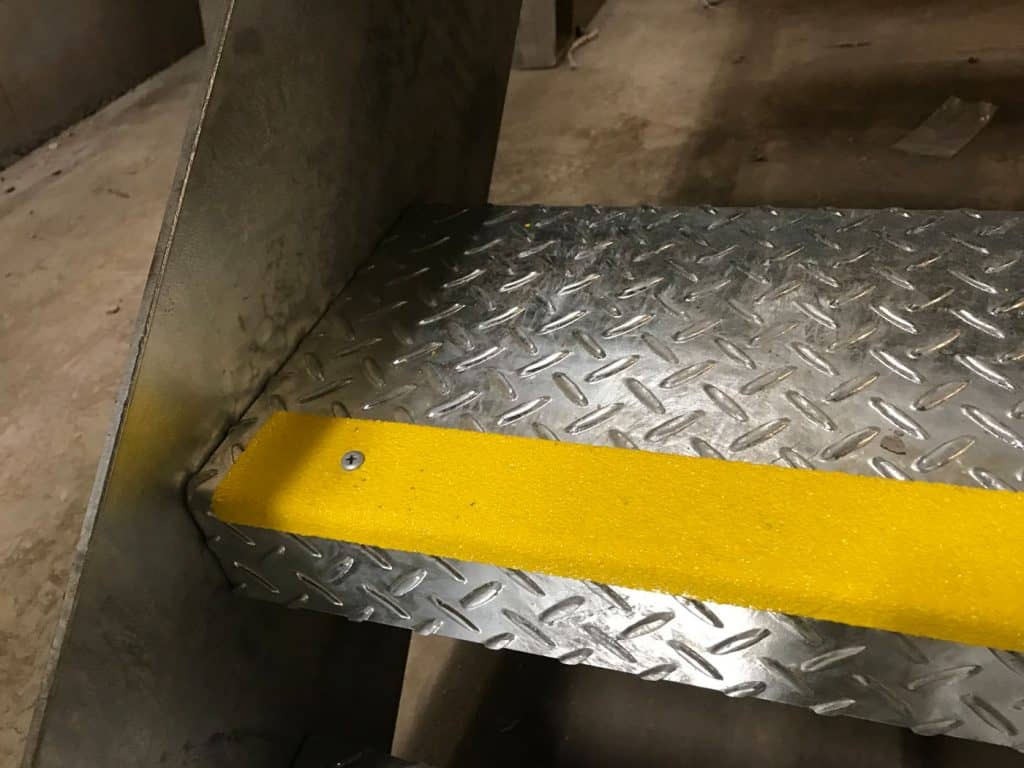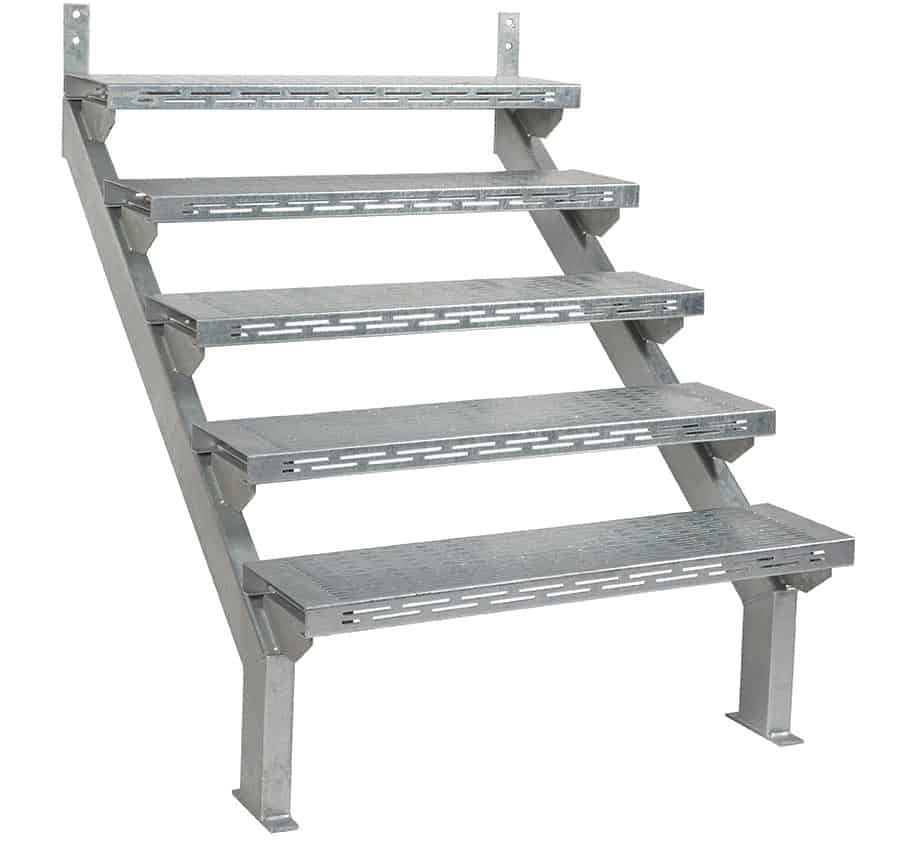There are some things in life that just seem to “have always been” and it seems that stairs fit those criteria perfectly. Stairs are part of the human story, long before buildings and civilization took the need for leveling up, to new heights. The earliest “stairs” would have been natural ones, created by long-forgotten streams upon a rocky hill face. Then maybe, some savvy cave-dweller realised that it would be easier to pile up some flat rocks to reach his home than leaping up a cliff.
We’ve come a long way and here at Advantage Industries, we take the history on which our business stands very seriously (well – sort of!). There are always higher places to reach for and our metal staircases and railings are also built to stand the test of time.
Stairs Have Been Around for a Very Long Time
People have been constructing stairs for more than 4000 years – constructing them, as against piling up some rocks or cutting notches in trees. There are stairs in the ruins of a 4500 BC temple in Pakistan. The Tower of Babel mentioned in the Bible is believed to have been a helical structure requiring spiral stairs. The Great Pyramids of Egypt were constructed with internal stairs. The Chinese built mammoth sets of granite stairs to their temples and so on. Stairs were not only to “go places”, but they also symbolized a pathway to “heaven”.



Mathematics and Stairs
In the late 18th Century, a self-taught mathematician – Peter Nicholson – developed a set of concepts and formulae that are still used today when designing and constructing stairs and railings. Everyone has experienced going up or down a set of stairs that just didn’t “feel right” – maybe even tripped. Stairs must be designed using precise ratios that ensure the user is safe and comfortable – if the stairs are too far apart, it’s tiring and awkward. If they are too close, it’s easy to trip. If they are not exactly the same distance apart, people will inevitably fall.
At Advantage Industries, all our metal staircases are designed and constructed using these 18th century principles which ensure that our customers get to the top of things as quickly and safely as possible.
The World’s Longest Stairs
At Advantage Industries, we build metal staircases and railings to get you safely from one floor of your building to the next – we really don’t aspire to much more than that! Spare a thought for the builders of the world’s longest staircase – a leg-wobbling 11,674 steps up the side of Mount Neisen in the Swiss Alps. Built alongside the funicular (mountain railway), the staircase was finished in 1910 and is used mainly by service personnel. However, if you feel the need, there’s an annual race which is opened to just 200 (lucky!) people. The record for this mind-blowing feat of endurance is just 1 hour and 2 minutes which is the equivalent of running up the CNN Tower in Toronto more than 4 times.
Speaking of which…
…modern staircases, such as those that ascend the CNN Tower, are now mostly built from steel, concrete, and timber components with a variety of materials used for the stair treads, including glass.
So – do you know what the different parts of a staircase are called? Not to bore you with details but they all have their own special names: the step (obvious) is made up of the tread (on which you step) and the riser – the vertical space between the stairs. Then there’s the “nosing” – the bit that protrudes over the riser. On metal staircases such as those we supply at Advantage Industries, there is often a non-slip safety strip on the nosing, which is usually a different, lighter colour than the tread to ensure sight-impaired people can see the edge of the step. Stringers hold the treads and risers in place and balusters and handrails finish it all off. There’s a few other technical bits and pieces but that’s the main parts.


But – can you slide down the banisters?
Ah! Banisters – the most exciting part of a staircase! The elderly and infirm cling to them. The young (and sprightly) slide DOWN them. Mary Poppins slides UP them! But wait…it is impossible to slide down a banister! And the reason is quite simple. The word banister dates to around the 1640’s when it entered the English language as a variant of the word “baluster”. And a baluster? That’s the upright post which holds a handrail in place! So, you’d have to be very small to slide down one (or up!) When you do that Mary Poppins thing in reverse – you are actually sliding down the handrail. Bother! Just doesn’t have the same ring, does it!
The importance of perfect structure has always been our goal at Advantage Industries and our sturdy, functional staircases and railings are built on solid principles that have been around for millennia. If you would like to order your own staircase, get in touch with our team today.
